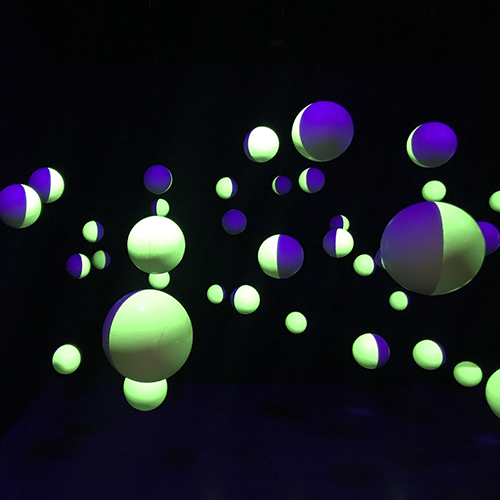Architecture as a system and innovation design discipline
A retrospective on architectural programming and its implications for the strategic extension of the discipline of architecture
DOI:
https://doi.org/10.7577/formakademisk.3077Abstract
Talking about architecture means talking not only about buildings but also about processes or systems. In the latter context, architecture is a way of thinking and looking at people, spaces, interrelations and interactions. Proclaimed by IDEO’s Tim Brown as one of the best system design forms of education available, architecture has potential in fields beyond the physical. In keeping with the views of renowned systems thinker Russell Ackoff, who graduated in architecture before focusing on operations research, the question arises whether the skills of architects can be applied more broadly in system and innovation design. This paper describes how architects deal with context and complexity from the perspective of the practice-oriented architectural programming method. From its early days in the 1960s, it offered architects a viable basis for an applied architectural design thinking method, but did not receive widespread attention from practitioners and academics. The method is critically assessed and compared to the known forms of design thinking from the viewpoint of industrial design. By describing a real-life project and students’ work from a newly created seminar in a department of architecture, the paper investigates the current and future relevance of an advanced version of architectural programming for architectural practice and education. It stresses the desirability of reinforcing the core skills of architects by developing a design thinking method rooted in architecture, which needs to be taught, developed and disseminated. In the long term, it is argued, architecture should be considered and integrated as a ‘systems and innovation design discipline’ in the fields of systems thinking and innovation research.

Downloads
Published
How to Cite
Issue
Section
License
Authors who publish with this journal agree to the following terms:
- Authors retain copyright and grant the journal right of first publication with the work simultaneously licensed under a Creative Commons Attribution 4.0 License that allows others to share the work with an acknowledgement of the work's authorship and initial publication in this journal.
- Authors are able to enter into separate, additional contractual arrangements for the non-exclusive distribution of the journal's published version of the work (e.g., post it to an institutional repository or publish it in a book), with an acknowledgement of its initial publication in this journal.
- Authors are permitted and encouraged to post their work online (e.g., in institutional repositories or on their website) prior to and during the submission process, as it can lead to productive exchanges, as well as earlier and greater citation of published work (See The Effect of Open Access).
- The author(s) must manage their economic reproduction rights to any third party.
- The journal makes no financial or other compensation for submissions, unless a separate agreement regarding this matter has been made with the author(s).
- The journal is obliged to archive the manuscript (including metadata) in its originally published digital form for at least a suitable amount of time in which the manuscript can be accessed via a long-term archive for digital material, such as in the Norwegian universities’ institutional archives within the framework of the NORA partnership.
The material will be published OpenAccess with a Creative Commons 4.0 License which allows anyone to read, share and adapt the content, even commercially under the licence terms:
This work needs to be appropriately attributed/credited, a link must be provided to the CC-BY 4.0 licence, and changes made need to be indicated in a reasonable manner, but not in any way that suggests that the licensor endorses you or your use.



